This article was updated on 10/18/22.
Please note: As we continue to learn more about COVID-19, the information in this article may change. You can find our most up-to-date information about coronavirus here.
This past weekend, the Centers for Disease Control and Prevention granted emergency use authorization for the Pfizer-BioNTech and Moderna COVID-19 vaccines for children over 6 months of age and under 5. Understandably, you may have questions about the vaccines, their administration and their side effects. To help you, we’ve asked our experts to answer some questions.
What COVID-19 vaccines are available in the United States?
There are currently four COVID-19 vaccines available — one created by Pfizer and its partner BioNTech, one created by Moderna, one created by Johnson & Johnson and one created by Novavax.
The initial booster shot developed for COVID-19 is known as the monovalent booster and it contains a component from the single original strain of the virus that was present in 2019. The updated bivalent booster came out in fall 2022 and contains components of two strains of the virus – the original strain and one common to the BA.4 and BA.5 strains of the omicron variant. Both Pfizer and Moderna developed bivalent boosters. The bivalent booster protects more fully against the omicron variant.
- Pfizer:
- 6 months through 4 years old: Children in this age group will receive 3 doses in the primary vaccine series. The first and second doses are separated by 3-8 weeks and the second and third doses are separated by at least 8 weeks.
- Booster: Currently a booster dose is not authorized for children in this age group.
- 5 years old: In this age group, individuals will receive 2 doses of the vaccine, 3-8 weeks apart.
- Booster: Individuals in this age group are eligible for a bivalent Pfizer booster at least 2 months after receiving their second dose of the vaccine.
- 6 years and older: In this age group, individuals will receive 2 doses of the vaccine, 3-8 weeks apart.
- Booster: Individuals in this age group are eligible for a bivalent Pfizer or Moderna booster at least 2 months after receiving their second dose of the vaccine or their last booster shot.
- Moderna:
- 6 months to 4 years old: Children in this age group will receive 2 doses of the vaccine, given 4-8 weeks apart.
- Booster: Currently a booster dose is not authorized for children in this age group who received a Moderna primary series.
- 5 years old: In this age group, 2 doses will be given 4-8 weeks apart.
- Booster: Individuals in this age group are eligible for a bivalent Pfizer booster at least 2 months after their second dose.
- 6 years and older: In this age group, 2 doses will be given 4-8 weeks apart.
- Booster: Individuals in this age group are eligible for a bivalent Pfizer or Moderna booster at least 2 months after their second dose.
- Johnson & Johnson:
- 18 years and older: In this age group, 1 dose of the Johnson & Johnson/Janssen will be given.
- Booster: People who received a J&J/Janssen shot should get a bivalent booster at least 2 months later. Pfizer or Moderna must be used as the booster shot.
- Novavax:
- 12 years and older: People in this age group receive 2 doses of vaccine 3-8weeks apart.
- Booster: Individuals in this age group are eligible for a bivalent Pfizer or Moderna booster at least 2 months after their second dose.
You can use CDC’s COVID-19 booster tool to learn if and when your child can get boosters to stay up to date with their COVID-19 vaccines. Visit the CDC website to learn more about the COVID-19 booster shots.
What are the vaccine’s side effects and how can I treat them?
Common side effects from the COVID-19 vaccine include:
- Pain, redness or swelling at the injection site
- Tiredness
- Headache
- Muscle pain
- Chills
- Fever
- Nausea
Most of the time, these side effects will go away in a few days.
Pain at the injection site (where the shot went into the arm) is also a common reaction. If your child feels pain or discomfort in the spot where they got their COVID‑19 vaccine, try placing a cool, wet washcloth on the area. You can also give them pain or fever-reducing medications following vaccination.
It is not recommended that you give your child any over-the-counter pain reliever before vaccination to prevent side effects.
Should I call my child’s pediatrician about any COVID‑19 vaccine side effects?
Contact your child’s health care provider if:
- The redness or pain at the injection site gets worse after 24 hours
- Their side effects are worrying you or do not go away after a few days
Seek immediate medical attention if you think your child is having a severe allergic reaction to the COVID‑19 vaccine. Signs of severe allergic reaction include rapid heartbeat, swelling of the throat, rash or hives. This reaction is extremely rare.
Should I wait for my child to turn 5 so they only have to get two doses of the Pfizer vaccine?
This is an individual decision, based on each child’s individual situation. In general, we would not recommend waiting very long, and to discuss any concerns with your child’s health care provider.
Should I wait until school starts to get my child vaccinated?
No. Because both the Pfizer and Moderna vaccines are given in a series of shots spread over multiple weeks, it’s important to start vaccination right now so your child is fully protected by the time school starts.
Can children with a known COVID-19 infection be vaccinated with the COVID-19 vaccine?
If your child has COVID-19, they should wait until they have recovered from the illness AND met the criteria to discontinue isolation before getting vaccinated against COVID-19.
If COVID-19 case numbers are declining, why should my child get vaccinated?
The decrease in COVID-19 cases is a result of the good work people are doing in the community. The numbers are down because people are getting vaccinated, and people who are unvaccinated are following rules and regulations advised to them by the CDC and their community.
However, just because the virus may have begun to slow, does not mean our safety measures can. Before we can take a breath and consider this round of the pandemic over, we have to hit herd immunity with at least 70% of the population fully vaccinated, and we really need to add another group of children to help us cross that threshold.
My child already had COVID-19. Why should they get the vaccine?
Even if your child has already had COVID-19, they should still receive the vaccine once they have recovered from the illness. While there is some evidence that people who been infected with SARS-CoV-2 develop immunity for several months after infection, it is unclear if that immunity is fully protective and how long any protection may last. The vaccines have been studied specifically to answer these questions and have been demonstrated to be very effective at protecting vaccinated individuals from COVID-19.
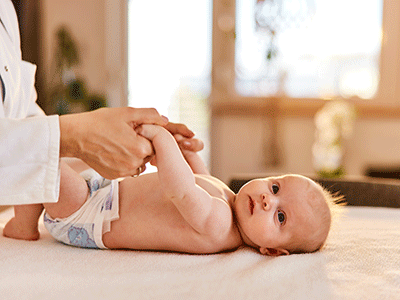 https://riseandshine.childrensnational.org/wp-content/uploads/2023/10/baby-with-doctor-feature.png
300
400
Rise and Shine
https://riseandshine.childrensnational.org/wp-content/uploads/2017/11/childrens_riseandshine_logo.jpg
Rise and Shine2023-10-16 13:00:402023-10-16 13:06:18FAQs about Nirsevimab — the new respiratory syncytial virus (RSV) vaccine
https://riseandshine.childrensnational.org/wp-content/uploads/2023/10/baby-with-doctor-feature.png
300
400
Rise and Shine
https://riseandshine.childrensnational.org/wp-content/uploads/2017/11/childrens_riseandshine_logo.jpg
Rise and Shine2023-10-16 13:00:402023-10-16 13:06:18FAQs about Nirsevimab — the new respiratory syncytial virus (RSV) vaccine


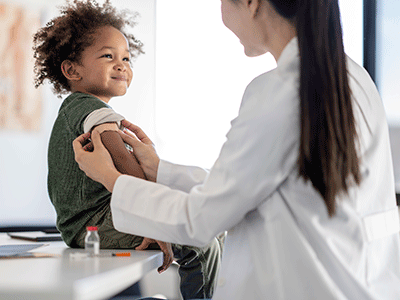
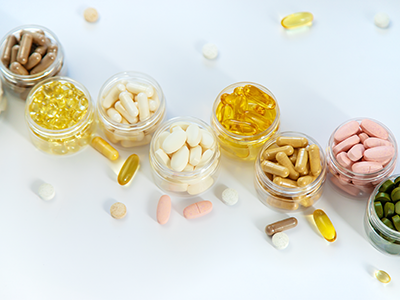
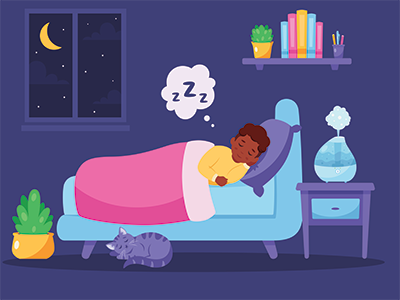
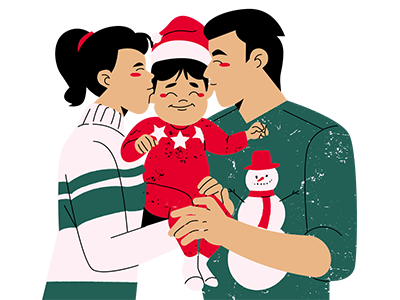
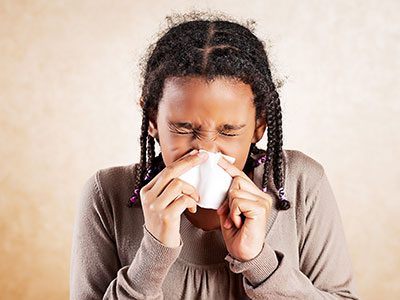
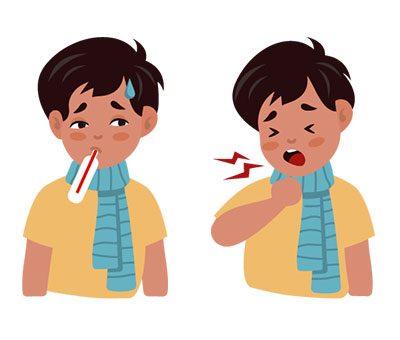
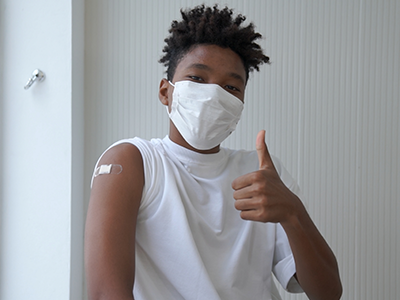
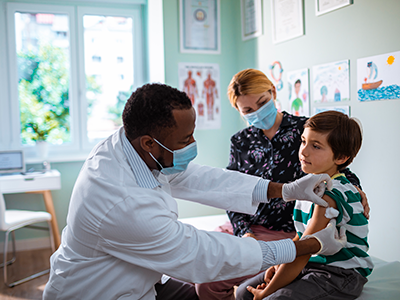
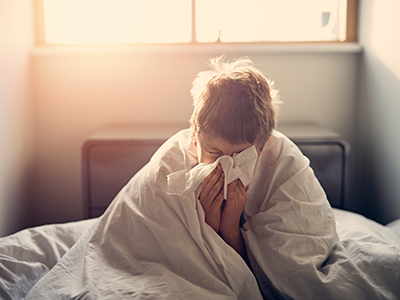
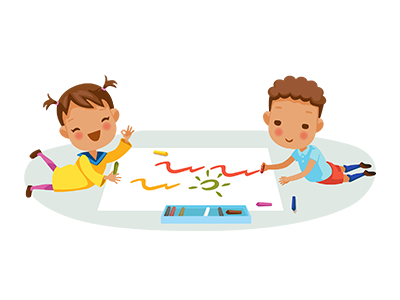
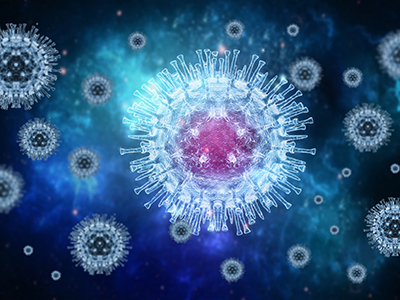

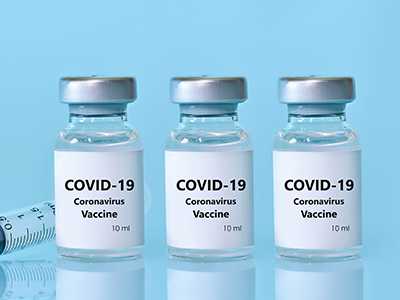
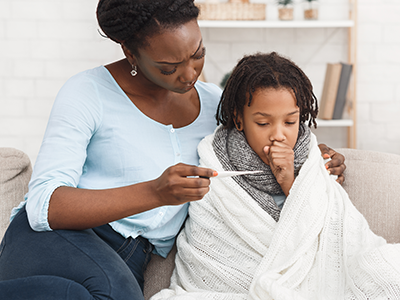
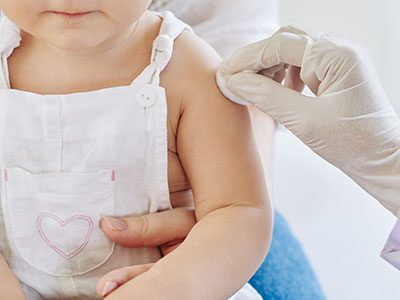
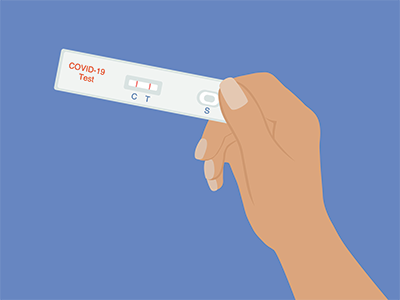
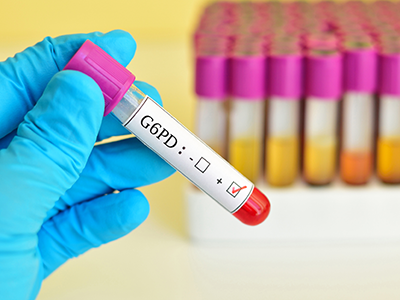
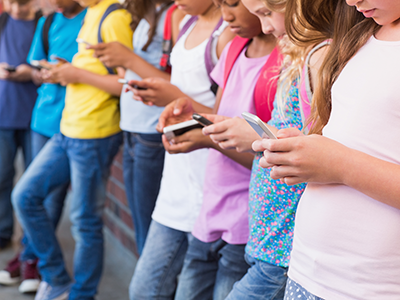
Leave a Comment
Want to join the discussion?Feel free to contribute!